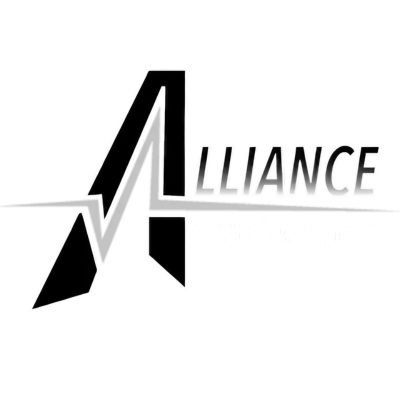
What Does a Land Surveyor Actually Do?
A land surveyor is a licensed professional who measures and maps land to establish legal property boundaries, prepare construction layouts, assess topography, and contribute to the development and use of land. Land surveyors apply principles of geometry, engineering, law, and cartography to produce accurate surveys used in real estate, construction, government planning, and land development. Their work is essential to ensuring that property lines, easements, structures, and other land features are properly located and documented.
Establishing and Verifying Property Boundaries
One of the primary tasks of a land surveyor is to determine the exact legal boundaries of a property. Using historical deed records, plat maps, and physical measurements, the surveyor identifies the location of property lines and corner markers. This process is essential for homeowners, developers, municipalities, and legal professionals when buying or selling land, building structures, or resolving boundary disputes.
The result is usually documented in a boundary survey , which is a certified drawing that outlines the parcel's limits, notes any encroachments, and often includes setback lines and easements.
Preparing Land for Development and Construction
Land surveyors play a crucial role in the development of both residential and commercial projects. They provide precise construction staking—also known as layout surveys—that guide the placement of buildings, utilities, and infrastructure. This service ensures that new construction complies with approved plans and municipal requirements.
Common related services include:
- Construction Staking – Layout of buildings, roads, and utilities
- Form Surveys – Verification of foundation forms before pouring concrete
- Building Envelope Surveys – Ensuring construction fits within required setbacks and easements
Supporting Real Estate Transactions and Title Work
Land surveyors provide essential information during real estate transactions, especially for commercial and high-value properties. The ALTA/NSPS Land Title Survey is the industry standard for commercial transactions and is often required by title insurers and lenders. These detailed surveys identify existing improvements, recorded easements, access points, encroachments, and other critical features of the property.
The surveyor also verifies the legal description used in the deed and may help correct or update inaccurate or incomplete records. This legal verification protects buyers and lenders from future boundary disputes or title issues.
Mapping Terrain and Topographic Features
In projects where elevation and surface conditions matter, land surveyors conduct a topographic survey. This type of survey measures natural and man-made features, such as hills, valleys, trees, fences, drainage patterns, and buildings.
Topographic data is used by architects, engineers, and planners to design roads, utilities, subdivisions, and stormwater drainage systems. The data is typically presented as a contour map with elevation lines and labels that show the slope and shape of the terrain.
Using Advanced Surveying Equipment
Modern surveyors rely on a combination of traditional tools and advanced technology to collect accurate field data. Equipment used includes:
- GPS/GNSS Systems: For high-accuracy geolocation and boundary marking
- Total Stations: Robotic instruments that measure distance and angle
- Drones and UAVs: For aerial mapping and photogrammetry
- GIS Software: Geographic information systems for analyzing and visualizing spatial data
- CADD Software: Used for creating survey plats and maps in digital format
Ensuring Legal and Regulatory Compliance
Surveyors are familiar with local zoning ordinances, subdivision regulations, flood zones, easements, and building setbacks. They ensure that proposed improvements meet code and do not violate neighboring property rights or public utilities. Survey documents often include FEMA flood zone information and are used in permit applications, variance requests, and legal filings.
A FEMA flood map reference may also be required to determine flood insurance eligibility or identify Special Flood Hazard Areas.
Working in the Public and Private Sectors
Land surveyors work in both the public and private sectors. In the public sector, they support city planning departments, transportation agencies, and utility providers with infrastructure surveys and platting for roads, bridges, and public buildings. In the private sector, they assist homeowners, developers, attorneys, engineers, and title companies.
Education and Licensing
Becoming a professional land surveyor requires formal education in surveying or geomatics, completion of field experience under a licensed surveyor, and passing of national and state licensing exams. In most U.S. states, including Texas, land surveyors must be licensed by a state board, such as the Texas Board of Professional Engineers and Land Surveyors (TBPELS).
Conclusion: Why Land Surveyors Matter
Land surveyors bridge the gap between property ownership and the built environment. Their precision, technical knowledge, and legal expertise make them essential for safeguarding property rights, guiding development, and shaping communities. Whether you’re buying land, building structures, or resolving a dispute, a licensed land surveyor is your trusted expert in all things boundary and mapping.
Need professional help from a licensed land surveyor? Contact Alliance Land Surveyors today at (210) 369-9509 or email orders@alliancelandsurveyors.com for a free consultation.

